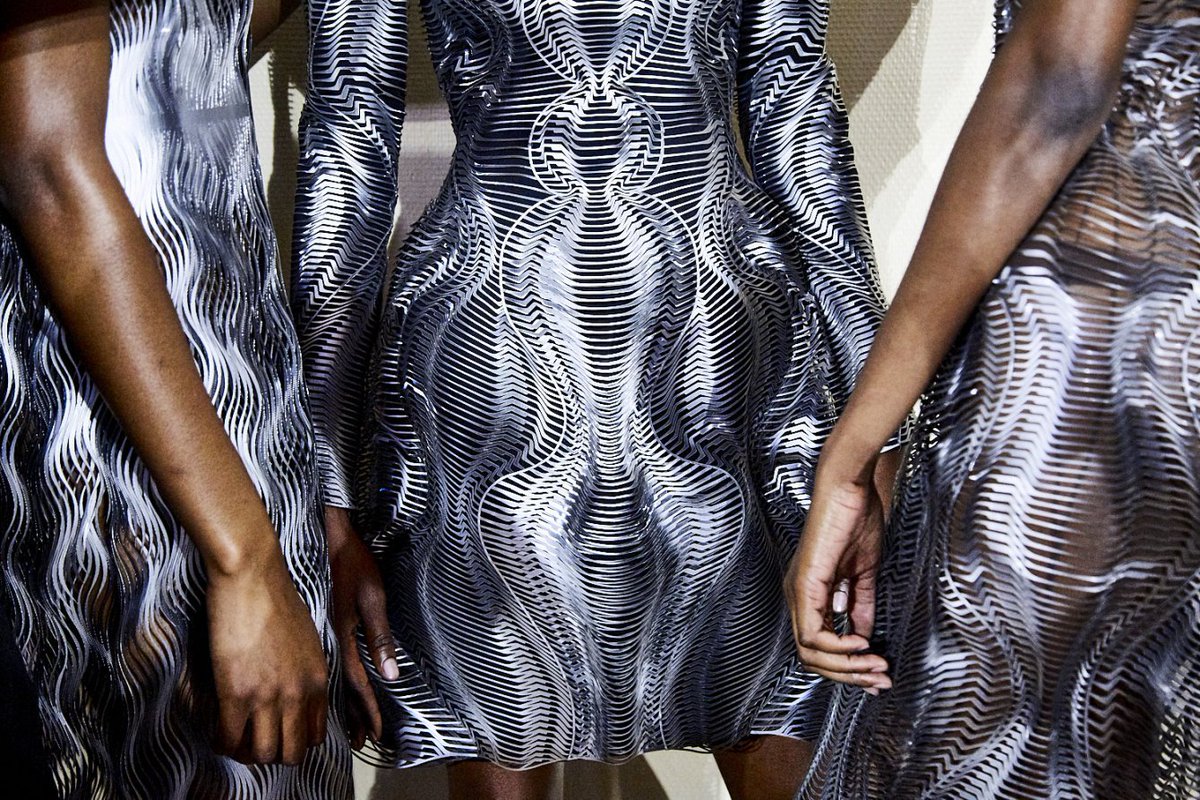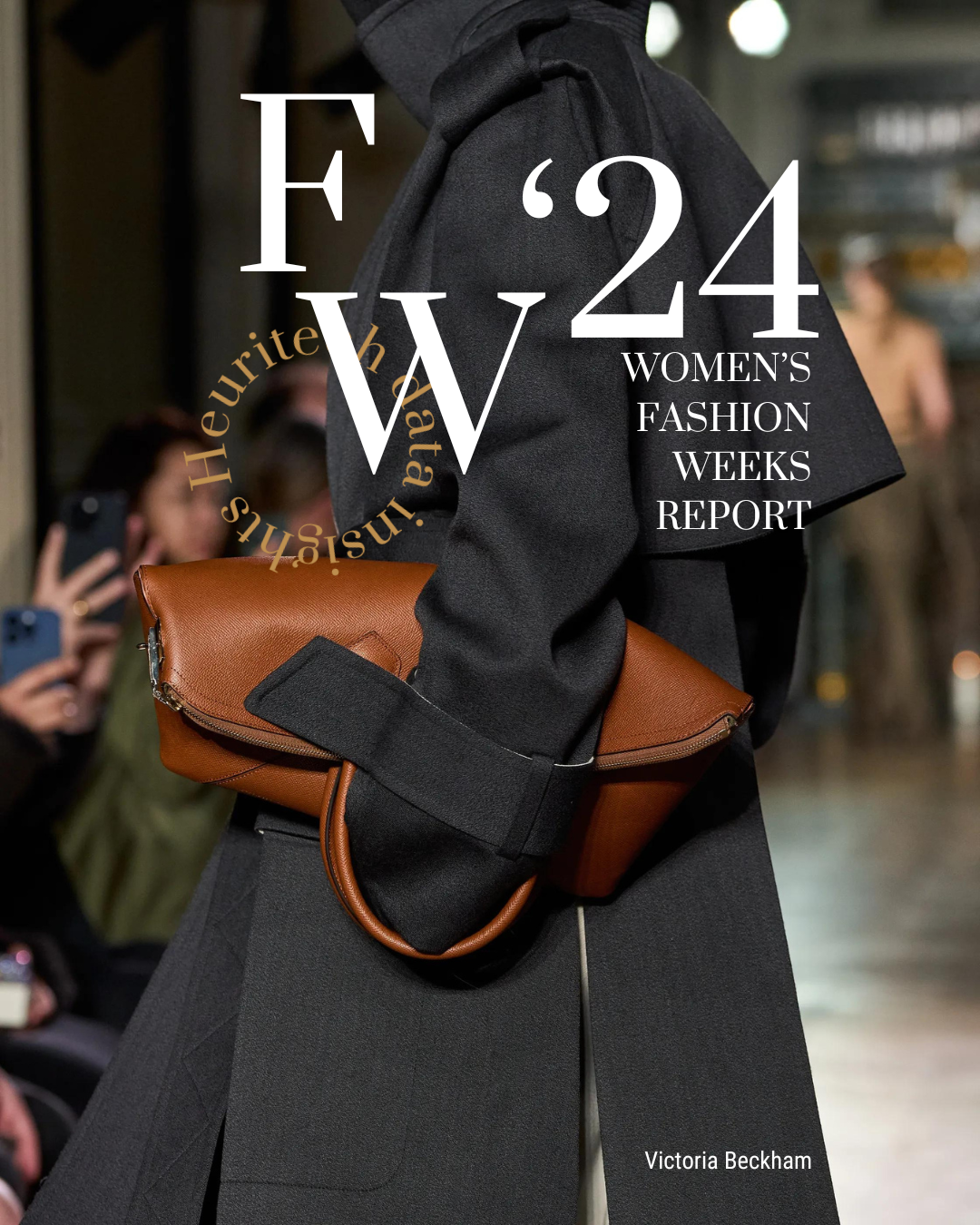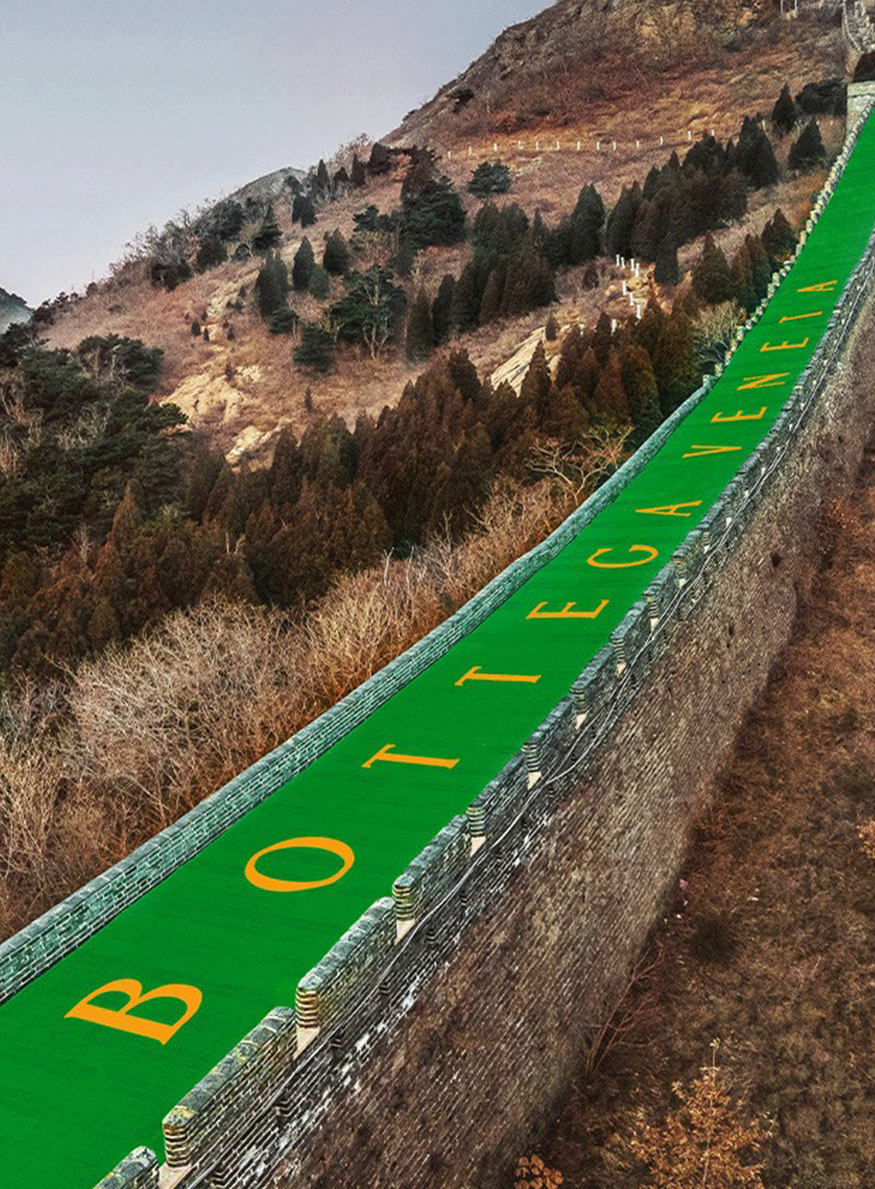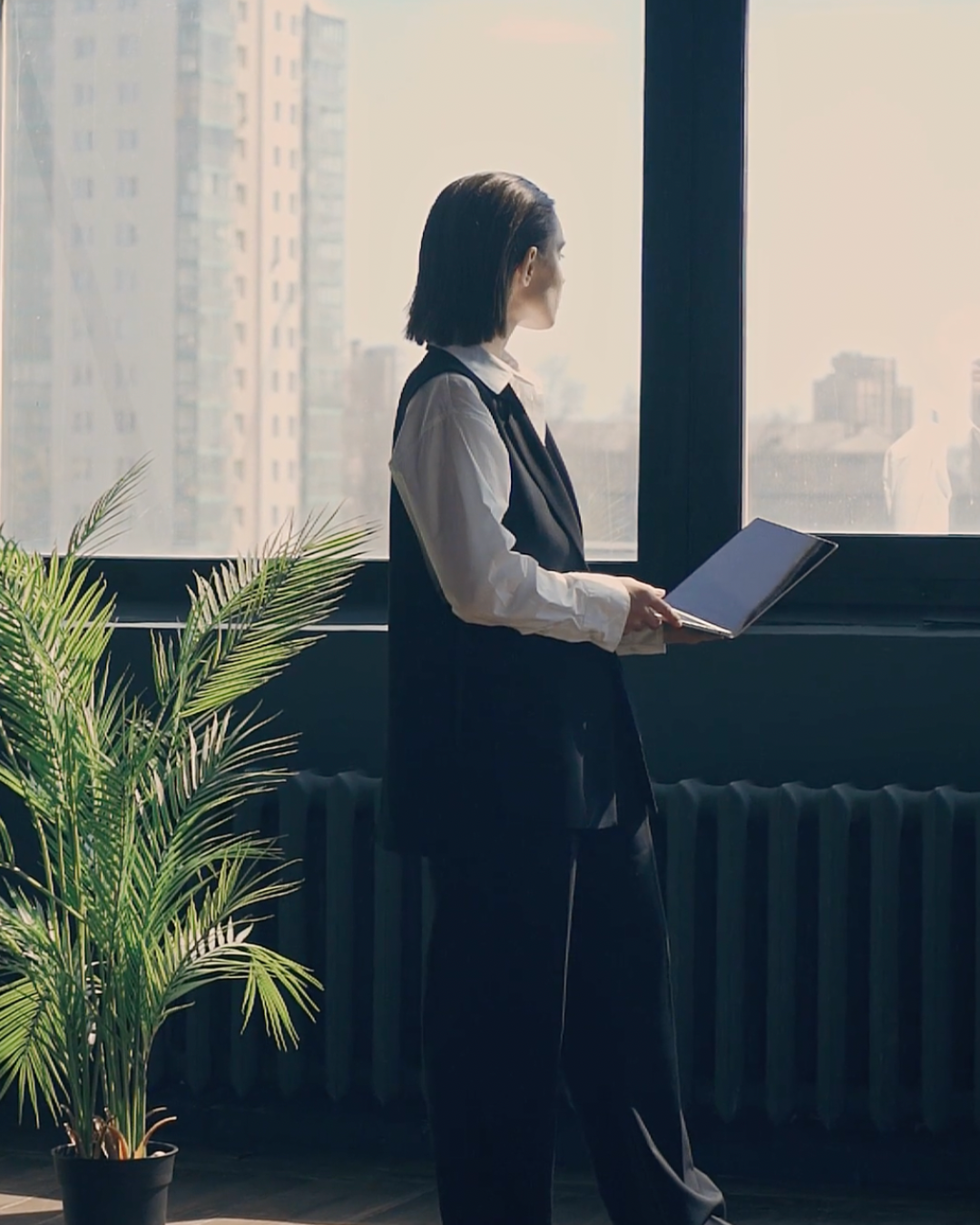The world’s oldest known human drawing dates back 73,000 years to a small stone in what is now South Africa, and the oldest known human painting dates back more than 40,000 years ago to Western Europe and Southeast Asia. Creativity in its purest form has been around nearly as long as modern humans: as defined by Margaret Boden in 1998, creativity is a fundamental activity of human information. It is characterized by two branches, generally speaking: “The ability to produce work that is both novel and appropriate.” In layman’s terms, creativity is the act of creating that which is original and adaptive.
But when it comes to fashion, is creativity inherently human?
The art of Artificial Intelligence
Nikoleta Kerinska, PhD in art sciences, stated, “Artificial intelligence can simulate creativity. But there is also the question of the artist’s intention. The human artist consciously works toward a creative or conceptual goal. A computer program does not have this same consciousness.”
The field of artificial intelligence as an academic discipline was first founded in 1956 at Dartmouth College in the United States. While advancements have been made in leaps and bounds since then, the definition of AI remains debated. The English Oxford Living Dictionary defines AI as such: The theory and development of computer systems able to perform tasks normally requiring human intelligence, such as visual perception, speech recognition, decision-making, and translation between languages. Merriam Webster gives a much more concise definition: the capability of a machine to imitate intelligent human behavior. Yet there runs one common thread through all accepted definitions of AI today, and that is technology which imitates human intelligence to, in some cases, outperform the human brain. Methods such as deep learning and machine learning work to this end, and learn from repetition and input not unlike a human.
But technology that can imitate the thinking processes of a human can be an unsettling thought, especially when the question of what creativity is comes into the picture. Creativity is a sense of pride: for many, creativity explains humankind’s progress throughout history, and it is this critical thinking that sets humans apart from the rest. For those in the creative fields, there is often suspicion toward artificial intelligence, because its connotations of hard logic seem to take away from the heart-on-sleeve process of traditional creatives. Yet 100 years ago, the idea of using the Internet was inconceivable, and today it has become an extension of the creative process. The Internet hasn’t replaced painting, or object design, or couture, has it? In the same way, artificial intelligence will be, and is already for some, a tool to take human creativity to new heights and to open doors we didn’t know existed.
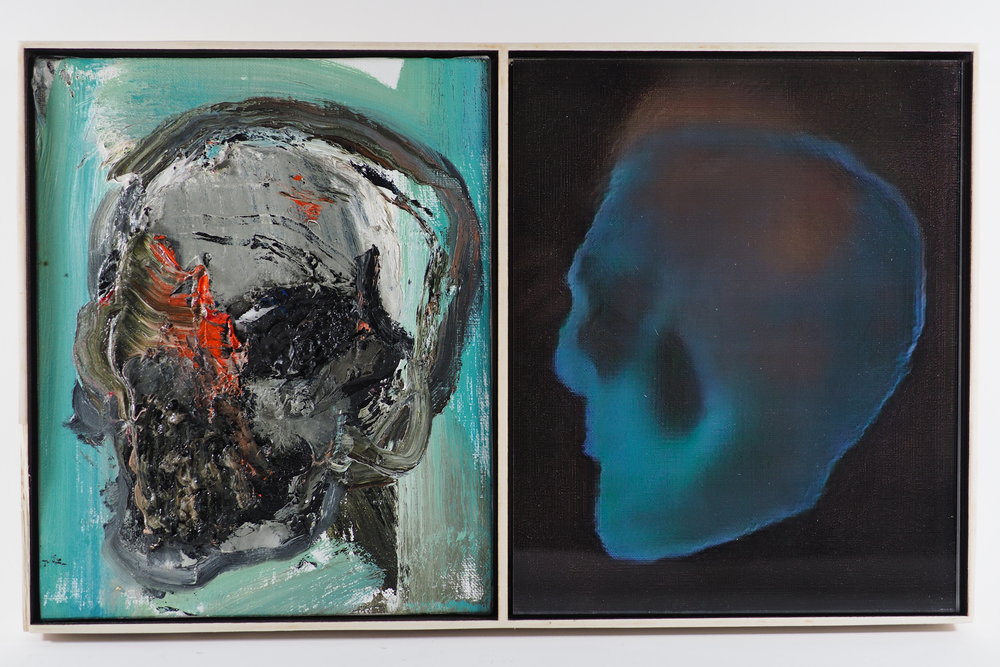
AI in the creative fields today
So if artificial intelligence isn’t a distant future anymore, how is it being used within creative disciplines? Interestingly enough, AI is already being incorporated into many different artistic fields, including but not limited to painting, object design, and fashion design.
It’s hard to imagine a painting without a paintbrush in a human hand, but AI comes with surprises. Last year in February, there was something special about an exposition presented at the Gallery Vossen in Paris. Unlike other paintings, these paintings were not painted by a human hand. Robbie Barrat, an artist and researcher within the field of AI, teamed up painter Ronan Barrot to produce a marriage of human creativity and AI technology. Using deep learning to feed over 500 paintings from Ronan Barrot into the machine, the pair presented their human-inspired, machine-painted art to the world. With some scepticism, the concept was well-received, a marriage of human input and tech output.
In object design, another pair of minds had the same idea of joining human input to produce an artificially-made result: enter the chAIr Project, which was launched in 2018 between designers Philipp Schmitt and Steffen Weiss. The project was conceived with the goal of determining whether or not AI could indeed be as creative as a human designer, and the results were fascinating. They asked themselves: “Could a bot produce an object as symbolically rich as a chair, and with the aesthetic proficiency of an Eames or Breuer design?” The pair created a generative neural network (GAN) and fed into it a dataset of over 500 chair designs from the 20th century. In the end, the designers refined the machine’s creations down to 4 different chairs, all unconventional. So while AI cannot and should not replace designers, it might be a useful collaborative artistic tool, as evidenced by the chAIr Project.
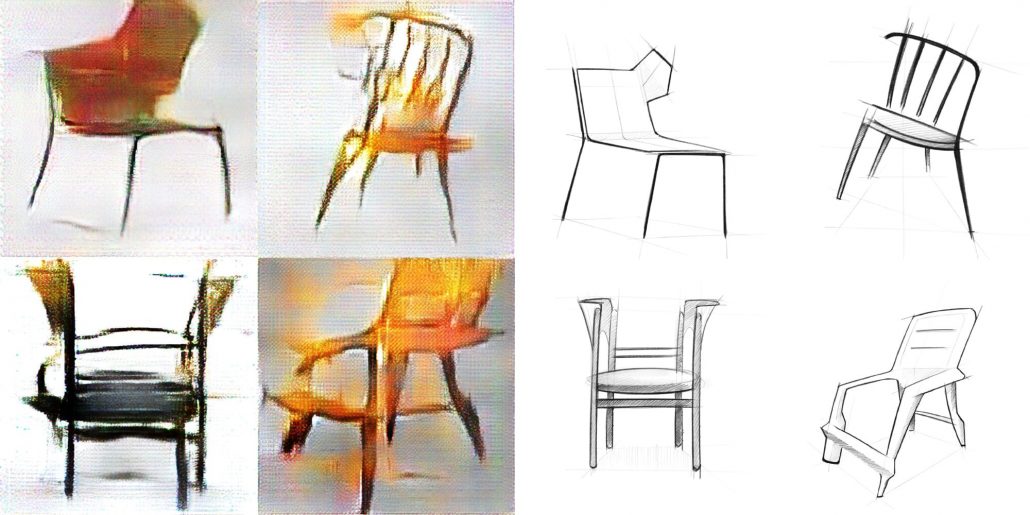
When it comes to scepticism toward creativity, AI is perhaps most salient within fashion, whether it be collection planning or design itself. The foundation has taken years to be built: for example, at Burberry’s 2010 Fall/Winter show in London, the collection was streamed live using 3D technology to guests at private locations in New York, LA, Paris, Tokyo, and Dubai. At the time, this was revolutionary, and it seems Covid-19 has brought back the digital fashion show full circle.
The gaming industry equally played its part in paving the way for fashion without even knowing it. Games such as World of Warcraft and Fortnight have been selling skins for over two decades, and few could have predicted this concept would one day be translated to the average consumer’s real-life wardrobe. The 3D AI technology used for video games renders characters more lifelike with details such as natural bodily movements, facial expressions, and fabrics which flow in the wind or against the body. In turn, this technology is used more and more in fashion to analyze and reproduce the true nature of fabric and fit for consumers to create real-life or digital clothing. Additionally, the digital clothing industry is a viable solution to waste and pollution issues, and it fits in with the social media generations of today: it has the potential to represent 1% of the fashion market share at $25 billion.
Many experts are betting that 3D and AI technology will stay for a variety of different reasons, most notably because of its potential to pinpoint precise consumer desires and in turn to reduce excessive waste. Founder of Amsterdam-based brand The Fabricant, who uses 3D AI technology to produce its clothing, stated “Our work exists beyond the current concepts of catwalks, photographers, studios, and sample sizes. For The Fabricant, imagination is our only atelier, and our fashion stories are free from the constraints of the material world.” Similarly, CEO of Norway-based brand Carlings stated that he sees 3D collections as the future, and also a sustainable solution for the world, currently inundated with excess clothing waste.
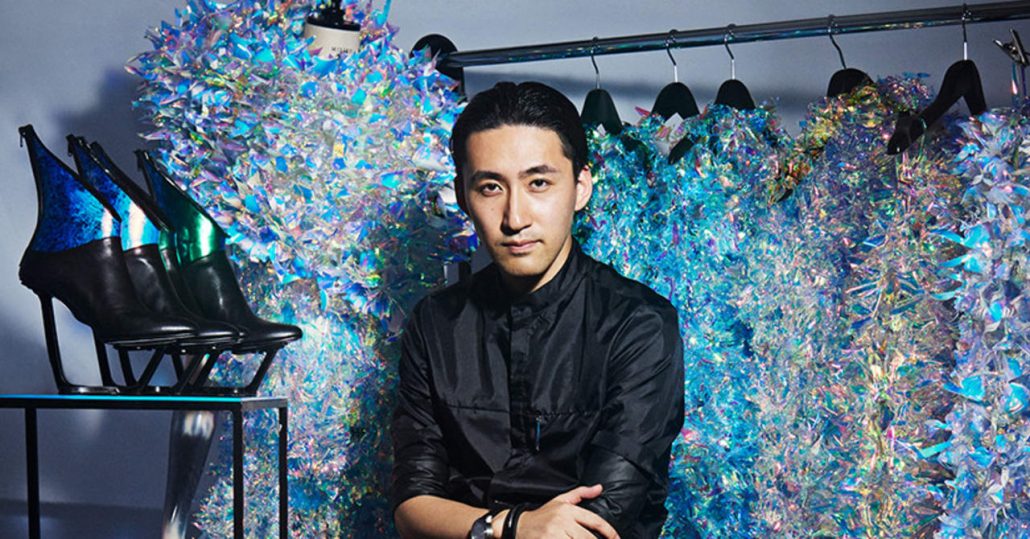
Other designers are bringing artificial intelligence to the front lines: Japanese designer Yuima Nakazato is a designer who is pioneering the future of AI-infused fashion, and has even featured his bio-couture collection at Haute Couture Fashion Week in Paris. In his words, “Eventually, each and every garment will be unique and different.” How exactly? Nakazato uses 3D technology and personalized machines to make his creations: he first takes the client’s measurements using a 3D scanner, before transferring the data to a machine which directly cuts the different parts of the fabric to assemble the full garment. In this way, no material is wasted, and the customer receives exactly what they desire in the perfect size. This approach to design has the potential of inciting major changes, particularly for sustainability issues that are so present in the traditional clothing design and collection planning.
In another crossover between fashion and AI, Synflux is a collaboration between fashion designer Kazuya Kawasaki, Shimizu, designer Kotaro Sano, and machine learning engineer Yusuke Fujihira. Together, they are pushing the project entitled Algorithmic Couture. Using machine learning, Synflux generates optimized fashion pattern modules which are then modeled using computer-aided design software. The goal of this is to produce patterns that are zero waste as well as comfortable.
Given the ways people are already adapting artificial intelligence to their creative endeavors, it becomes difficult to assert that AI and creativity are mutually exclusive. AI is human-created, after all, and this technology is a tool rather than a remplacement: human creativity, like in thousand-year-old cave paintings, will always be the foundation of art. And with artificial intelligence, traditional creation is changing shape.
AI x Fashion as conducted by Heuritech
To bridge the gap between artificial intelligence and creativity, several PhDs in machine learning founded Heuritech on the premise that artificial intelligence could innovate the established ways of the fashion industry. Often in fashion, there is a distance between the creatives and the businesspeople, and Heuritech believes AI can provide these worlds a way to advance on the same page. This AI technology can assist fashion brands through predictive analytics that can provide insight into fashion trends, purchase patterns, and inventory-related guidance.
Determining what people want is the first step, and in the past, fashion brands have largely based this off of sales numbers and fashion shows. And while these metrics remain useful, social media has become a new creative space where consumers and designers alike express their favorite styles. In response, Heuritech developed a proprietary image recognition technology to analyze fashion images on social media. Millions and millions of pictures are shared each day on Instagram and other platforms, and are a good reflection of what’s happening in the real world. This technology allows for faster rationalization of data that were originally qualitative but that can now be quantitative: and while cold, hard numbers can sometimes be a repellant to creativity, these numbers are incredibly helpful for design and collection planning.
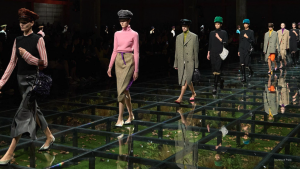
But of course, some within fashion are sceptical of incorporating AI into an industry built on creativity and imagination, but the goal of Heuritech’s AI technology is to accentuate this creativity. The question is not “Will AI replace fashion designers?” but rather “How can AI help fashion designers push the limits of their creativity?”
Heuritech gives designers and merchandisers the ability to employ a prediction model that is well-equipped to assist in creation. How exactly? This methodology provides a means for creatives to back their intuitions with tangible data, which can ultimately create a common language between fashion’s two faces: creatives and businesspeople. Creators, merchandisers, and salespeople could share a common vision with Heuritech’s machine learning algorithms who are able to predict trends up to one year in advance. In this way, technology can walk hand-in-hand with those in the creation process as well as those who manage post-creation. Fashion forecasting based on social media provides a unique opportunity to understand what different consumer audiences desire in real-time, and thus what to create for the season in question to accomodate market trends or to dare originality.
Furthermore, this AI technology addresses what several innovative designers are aiming to solve, as well: the sustainability issue of the fashion industry. Just as Yuima Nakazato aims to reduce apparel waste and improper collection planning, Heuritech’s technology serves a useful tool to do so. As explained, Heuritech’s image analysis can help with production and demand planning. Fashion trend forecasting allows for creatives to back their intuition with data, and for marketers and merchandisers to plan collections accordingly. In fact, trend detection with AI could reduce forecasting errors by 50% and overall inventory levels by 20-50% as per the State Of Fashion 2018 report by McKinsey and Business of Fashion. So by combining creative, human intuition with this AI technology, fashion brands can minimize overstock, streamline production, and optimize turnover.
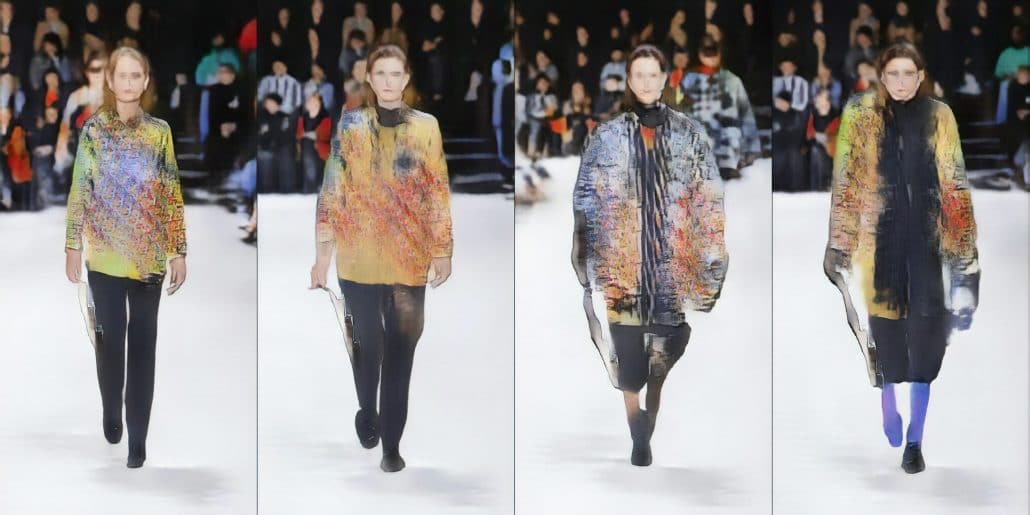
Artificial Intelligence: A creative tool
Through numerous examples including Heuritech’s own technology, it seems AI is not a replacement for human creativity, but rather a tool to enhance it. It is the collaboration between the two that is novel and exciting, within the fashion industry in particular. Heuritech is evidence that AI is indeed human; it is only with human input that this technology can simulate imagination and creativity.
